UW-Madison
-
Research to treat placenta could improve human pregnancies

February 5, 2025
A gene therapy approach to boosting the placenta is safe in monkeys, according to a new short-term study, bringing the potential treatment closer to improving birthweights of human babies and sparing them the complications of an early birth and developmental difficulties later in life. In humans, placental insufficiency restricts the growth of developing fetuses and […]
-
UW–Madison 6th in national research ranking, surpasses $1.7 billion in research expenditures
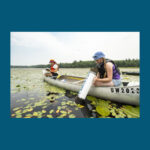
January 23, 2025
The University of Wisconsin–Madison has moved up two places to sixth out of 920 public and private universities in the United States in university research expenditures, according to the National Science Foundation’s annual rankings. For the first time, the university has topped $1.7 billion in research expenditures, according to the NSF Higher Education Research and Development (HERD), […]
-
Small Business Development Center offers trusted, transformational support

January 2, 2025
There’s nearly a thousand small business development centers across the country, but ask anyone who has worked with the one at UW–Madison, and they’ll tell you that it’s something truly special. Located within the Wisconsin School of Business, the UW–Madison Small Business Development Center (SBDC) provides no-cost consulting and dozens of noncredit courses to help […]
-
An ancient animal is helping scientists improve modern technology
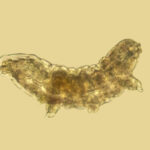
December 17, 2024
Water bears, an ancient group of microscopic animals known for their pudgy, ursine appearance and their uncanny ability to survive under extreme conditions, are helping researchers uncover the basic forms and functions of life’s molecular building blocks using modern technology. Also known as tardigrades, these aquatic microorganisms can endure blistering heat and severe cold thanks […]
-
In helping students find housing, ‘Mama Erin’ brings the TLC and hard-won street smarts

December 5, 2024
At a recent campus forum for UW–Madison students about housing options in the city, panelist Erin Warner paused the proceedings early on to secure more chairs for the overflow crowd and to make sure everyone knew about the free lunch buffet. “I’m a mother,” she told the students. “I want everyone to be fed and […]
-
Portage attracts residents, businesses, and workers after UniverCity partnership
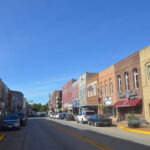
November 25, 2024
When it comes to community planning, Steve Sobiek, the director of business development and planning for the City of Portage, is always thinking ahead. “What do we want Portage to look like in 10 to 20 years?” Sobiek said. As part of a partnership between UniverCity Alliance and Columbia County from 2021-24, Sobiek worked with University of Wisconsin–Madison students, […]
-
UW–Madison unveils strategic vision to boost entrepreneurship

November 11, 2024
The University of Wisconsin–Madison is positioning itself to strengthen entrepreneurial pathways, experiences and outcomes, drawing on the findings and recommendations of a study commissioned by Chancellor Jennifer Mnookin. The comprehensive plan outlined in the study aims to create a thriving entrepreneurial environment, leveraging the university’s existing strengths and capabilities along with its ongoing commitment to fostering […]
-
Go Big Read author reflects on disability, kindness, independence
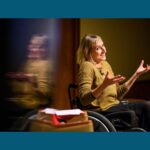
November 1, 2024
It was a simple, everyday interaction, but it was significant to Rebekah Taussig. The author couldn’t reach the paper towels she needed from her wheelchair, and a woman nearby spoke up: “They didn’t put these paper towels where you can reach them. Want me to grab one for you?” The woman’s framing recognized the […]
-
UW-Madison’s 5 hottest certificates: Students seek skills with real-world value

October 17, 2024
University of Wisconsin–Madison students are increasingly enrolling in certificate programs that can give their future careers a boost. The five fastest-growing certificates at UW are in a variety of sought-after fields, from data science to sports communication. “Advisers encourage students to get the most of their UW–Madison experience, and completing a certificate program is one […]
-
Experiential learning unlocks students’, employers’ potential
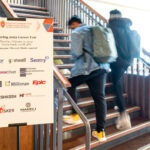
October 7, 2024
Peter Daly was a fourth-year student at UW–Madison in fall 2020 when he took the first Computer Sciences capstone course taught by Amber Field. Field had selected Daly and 25 other CS majors to participate in this pilot experiential learning class, pairing companies with self-selected teams of students to work on real-world problems. Daly found […]
